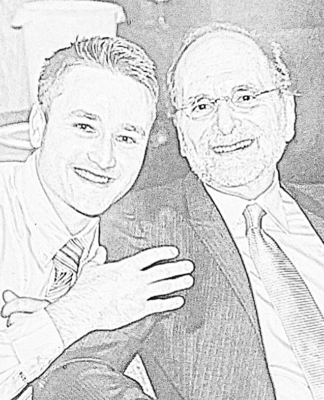When tackling emotionally-upsetting experiences, often the last piece to fall into place is forgiveness. We can clear our anger, sadness and fear reactions and still not have completely cleared our connection to memories because of a lack of forgiveness.
Sometimes people will resist forgiving someone for what they feel is a very good reason. It can go like this: “If I forgive him, I’ll let him treat me that way again.” Or “If I forgive him, that means it was okay that he hurt me.” These reasons will block progress in treatment until they are explored and understood.
For some people, the word “forgiveness” itself is the obstacle. If forgiveness means that it is okay that you were harmed or belittled or neglected, then you will not be able to let that go completely. If that’s your definition of “forgiveness”, let’s change to a word or a phrase that makes more sense to you. You might feel better about “releasing your emotional attachment to the event” or “releasing that person from your heart”.
Often religious teachings encourage forgiveness. I’ve met with many people who tell me they have forgiven others for their mistreatment and injustice because they know that’s what they are supposed to do. Yet when we begin exploring more deeply, it becomes apparent that they still have strong feelings about the pain experienced in those relationships. There has been no true forgiveness. You cannot forgive someone simply because you are supposed to do so. It is not a decision you make with your mind. It is a release of your emotional attachment to pain.
In my work as a therapist, I have come to believe that the best and least painful way to release emotional attachment to upsetting memories is to connect to the memory, and allow yourself to feel the negative emotion while simultaneously being stimulated by something that works with your energy system and/or nervous system. In my work, I employ Emotional Freedom Techniques (EFT) and Eye Movement Desensitization and Reprocessing (EMDR) for this purpose. I have found that both of these types of treatments are very effective for releasing emotional attachment to negative experiences and bringing about more complete healing.


 Jayne received her Master’s in Counseling in 1997 from the University of Texas at San Antonio. She became a Licensed Professional Counselor in 2002 and has a specialization in the areas of Family Violence and Sexual Abuse and Trauma. Jayne began studying EFT (Emotional Freedom Techniques) in 2003.
She attended many EFT conferences including several conferences devoted to the topic of Using EFT with Serious Diseases. She has used EFT with clients since 2003.
In 2008 and 2009, she completed the EFT Certifications offered by EFT Founder Gary Craig. In 2012, Jayne completed a EMDRIA-Certified Training Program for EMDR (Eye Movement Desensitization and Reprocessing).
Jayne received her Master’s in Counseling in 1997 from the University of Texas at San Antonio. She became a Licensed Professional Counselor in 2002 and has a specialization in the areas of Family Violence and Sexual Abuse and Trauma. Jayne began studying EFT (Emotional Freedom Techniques) in 2003.
She attended many EFT conferences including several conferences devoted to the topic of Using EFT with Serious Diseases. She has used EFT with clients since 2003.
In 2008 and 2009, she completed the EFT Certifications offered by EFT Founder Gary Craig. In 2012, Jayne completed a EMDRIA-Certified Training Program for EMDR (Eye Movement Desensitization and Reprocessing).


















